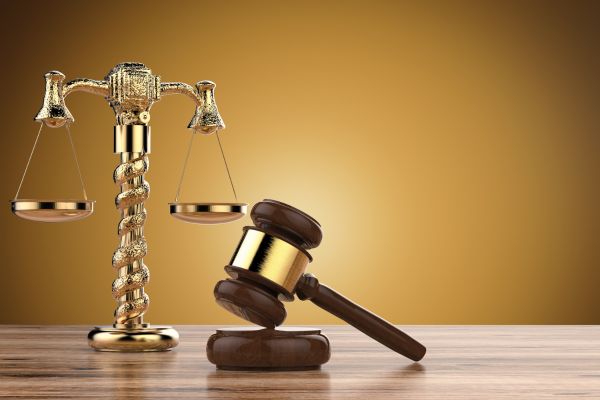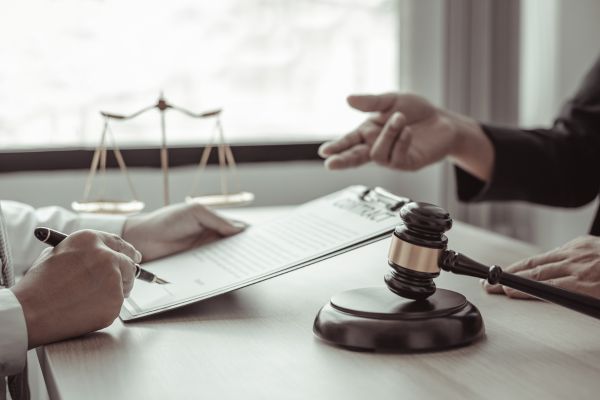Abstract
Tortious negligence, a fundamental concept in tort law, serves as the foundation for the legal principles governing civil wrongs that cause economic loss, property damage, and bodily injury. This article examines the elements of carelessness, how it has changed as a result of important case law, and the statutory framework in relation to Indian law. By explaining how Indian courts interpret and apply the ideas of negligence through a study of significant decisions and statutory requirements, this research offers a comprehensive understanding of the effects of carelessness in contemporary legal practice.
Introduction
The term ‘tort’ comes from the Latin tortus , which means ‘twisted’. The phrase ‘J’ai tort’ means ‘I am wrong’ and is still commonly used in French. In English, the term ‘tort’ refers to a legal wrong for which the law provides a remedy.The plaintiff is the one who initiates the case, the party who claims they have incurred loss or damage due to the defendant’s actions or inactions. On the other side is the defendant, the individual, or entity accused of causing the alleged harm.
According to a famous jurist, Winfield and Jolowicz negligence is “the breach of a legal duty to take care which results in damage, undesired by the defendant, to the plaintiff.”In India, most tort laws were adopted from the English tort law. In India before the making of any laws or application or any law adopted, from the English Law, we see that this is suitable for the Indian Culture and the Circumstances of the society. The origin of the tort in India is related to the Charter’s Act of 1726.
In the charter of 1726, the English courts were established in the form of the three presidencies which were also known as the ‘Mayor Courts’. The three presidencies are Bombay, Calcutta Madras. These courts work under the principles of English law. In the common law application, they mentioned their three principles and they followed them. This law is considered as it is not separated or is an indivisible part of the common law. The Hindu and Muslim laws for dealing with the malicious behavior of the people the law existed in both Laws. But it is considered that the tort laws are formally introduced through the Crown in India.[1]
Key decisions that influence the negligence tort
Modern negligence law is frequently traced back to the seminal case of Donoghue v. Stevenson[2]. Famously known as the “neighbor principle,” this case established the rule that one must exercise reasonable caution to refrain from actions or inactions that could reasonably be expected to cause harm to others.The case started in a Paisley, Scotland, café when Mrs. Donoghue partially drank a bottle of ginger beer that a friend had bought her. After taking a sip of the drink, Mrs. Donoghue realized that the opaque glass bottle had a decomposing snail. She thus experienced severe gastroenteritis and shock.
Since she hadn’t bought the drink personally, Mrs. Donoghue didn’t have a direct contractual relationship with the maker. She filed a tort suit against Mr. Stevenson, the manufacturer, as a result of this circumstance. Judgment given by The House of Lords, in a seminal judgment delivered by Lord Atkin, held that the manufacturer owed a duty of care to the ultimate consumer. Lord Atkin’s reasoning introduced the “neighbor principle,” which expanded the scope of duty of care beyond contractual relationships. He famously stated:
“You must take reasonable care to avoid acts or omissions which you can reasonably foresee would be likely to injure your neighbor. Who, then, in law, is my neighbor? The answer seems to be persons who are so closely and directly affected by my act that I ought reasonably to have them in contemplation as being so affected when I am directing my mind to the acts or omissions which are called in question. Donoghue v. Stevenson established several important legal principles:
- Duty of Care: The case recognized that manufacturers owe a duty of care to the ultimate consumers of their products.
- Neighbor Principle: This principle extended the duty of care to any persons who could be foreseeably affected by one’s actions, establishing a broader scope of liability.
- Foundational Case for Negligence: The judgment laid the groundwork for the modern law of negligence, influencing subsequent cases and legal doctrines.
This landmark case had an impact on Indian law and the principles established in Donoghue v. Stevenson have been adopted and applied in Indian tort law. Indian courts have frequently referred to this case while adjudicating negligence claims, reinforcing the duty of care owed by individuals and organizations to those who may be affected by their actions.
M.C Mehta v Union of India[3] This landmark case led down the principles of liability and gave tort of negligence a better way to understand the new cases and pass on further judgment. Facts of the case as follow The case arose from a writ petition filed by M.C. Mehta under Articles 21 and 32 of the Indian Constitution, sought the closure of Shriram Food and Fertilizers, which was engaged in manufacturing hazardous substances in a densely populated area of Kirti Nagar, Delhi.The key legal issue was whether hazardous industries should be allowed to operate in densely populated areas and, if so, what regulating mechanisms should be evolved. Additionally, how to determine liability and the amount of compensation was also considered.
The Supreme Court of India, led by Justice P.N. Bhagwati established the principle of absolute liability, where the wrongdoer is liable without any exceptions, even if there was no fault on their part.
This principle was a step beyond the previously established rule of strict liability, which had exceptions. The court emphasized that the law needs to evolve with society’s progress, especially in light of technological advancements that lead to the establishment of hazardous industries near populated areas. This case can be studied with the perspective of negligence in the course of action that caused this massive disaster which can be avoided by mere duty of care.
Essential elements of tort of negligence are as follows:
- Duty: the ability to prove the defendant owed you a duty of care not to cause you or others harm.
- Breach: the ability to prove that a violation of standard care resulted in an injury for you or a family member.
- Cause in fact: the ability to prove a correlation between the negligent or harmful action that took place and the negative consequence you suffered.
- Proximate cause: the ability to prove a direct link between a negligent act and the injury that resulted from that action.
- Harm: the ability to prove you suffered injuries, loss, or other expenses because of someone else’s negligence.
These are the main elements in a case of tort of negligence.
Death by negligence
Section 304A IPC plays a crucial role in addressing instances of death caused by negligence, ensuring that individuals who fail to exercise reasonable care and cause death as a result are held criminally liable. It serves as a deterrent against negligent behavior that could endanger human life. The interpretation and application of this section by Indian courts have helped in shaping a legal framework that balances the need for accountability with the principles of justice.
Conclusion
The legal field of negligent torts is still dynamic and changing. Judges’ rulings are guided by a comprehensive framework derived from precedent-setting decisions and legislative measures. Tort law aims to lessen injury and give justice to anyone harmed by negligent acts by making sure that people and organizations use a reasonable standard of care. Since tortious negligence is still influencing civil liability in India, it is important for academics, politicians, and legal professionals to comprehend its intricacies.
REFERENCES
- Principles of Tort Law – Vivienne Harpwood.
- https://ijcrt.org/papers/IJCRT1705097
- https://jlrjs.com/wp-content/uploads/2023/06/207.-Aman-Shakya-1.pdf
- https://www.atlantis-press.com/article/25861751.pdf
[1] https://jlrjs.com/wp-content/uploads/2023/06/207.-Aman-Shakya-1.pdf
[2] UKHL 100, SC (HL) 31, AC 562, All ER Rep 1
[3] 1987 AIR 1086, 1987 SCR (1) 819
Author Name- Aditya Shivajirao Chavan






